How to Sponge Paint
OFF the Walls
Want to learn how to sponge paint off walls, ceilings or any other flat surface?
Then you'll be glad to know that this is a pretty easy technique, although slightly more difficult than sponging on.
In sponging off, you simply put on the glaze with a sponge, brush or roller, and then lift some of it off with a clean sponge.

This method is also called the negative (or subtractive) sponge painting, because the main focus here is on removing, not applying, the glaze.
Subtractive sponging uses the same tools and similar hand motion as additive sponging, but it's a much quieter technique.
In some ways it is akin to random sponging - it produces a subtly blended effect, less structured than that created by the standard sponging on methods.
It is a casual, informal finish that adds depth and visual interest to an otherwise flat surface and, depending on how the sponge is handled, it can look spotty, blobby, flowery, or cloudy.
Color
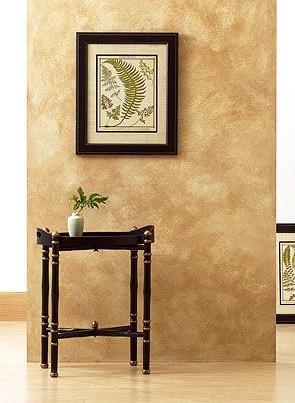
The color values (lightness/darkness) of the base coat and glaze must be markedly different (3-4 shades apart), or the effect of sponging off will not be apparent.
The base coat can be any color you choose, but it should be related to the color and tone of the glaze that you are going to sponge off.
Related colors make the most harmonious and eye-pleasing combinations for this technique (for example, beige and brown, melon and rust, etc).
TIP: This method can be a great fix for a wall paint color that is close to what you want, but not quite.
It also enables you to work in other hues that may be lacking in the initial base-coat color, or the final effect of sponging on (for example, you can make it more yellow, green or red - these are common changes).
Finally, you can sponge off a lighter or darker glaze all over the surface, and adjust the appearance of the finish color (make it brighter or more toned down) to meet your decorating goals.
Finish
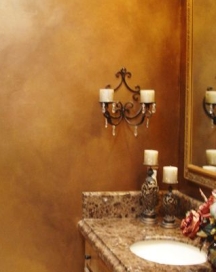
A base coat in a flat paint finish will soak up all the glaze you apply over it and won't let you take any off.
A glossy base coat, on the other hand, will be too slippery, and may cause the glaze to run.
So stick in the middle for your base coat, and use a satin or semi-gloss paint finish.
Now, for the overlay coat you can choose anything you want when it comes to sheen, but you will usually get the most aesthetically pleasing result with a flat or satin paint finish (it's hard to pull off shiny walls and besides, a high sheen will highlight surface imperfections, counteracting the camouflaging effect of this finish).
Recipe
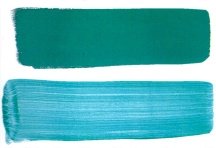
It's crucial that you use the right glazing recipe for sponging off.
Unlike in additive sponging, you can't get away here with using undiluted, or just watered down paint.
The glazing mix should be transparent enough to allow the base coat to show through - otherwise you'll just paint over the base coat color.
Water-base products often do not give you sufficient working time with this technique - they dry too quickly to be easily sponged off, so they are usually not recommended (unless it's a small area, such as the part of walls under a chair rail).
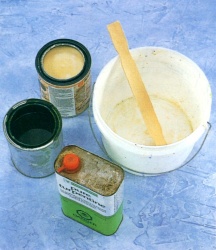
On large surfaces, sponging off is more easily done in oil-base mediums,
which have a slower drying time and give you more room for error.
For
a water-based glaze, mix 2 parts clear acrylic glaze with 1 part latex
paint in your desired color, then add 1 part water and stir well until
blended. Keep in mind that this mix can only be applied over a latex
or acrylic base-coat!
For an oil-based glaze, mix 1 part alkyd paint in a
desired color with 2 parts alkyd glaze, then add 1 part mineral
spirits and stir well until blended. This glazing mix can be applied
over both latex/acrylic and alkyd base-coats.
Like all subtractive
techniques, sponging off is easiest as a two-person project: one to
paint on the glaze with a brush, roller or sponge, the other to follow
close behind, removing it with a clean sponge.
How to Sponge Paint
Using the Negative Method
That's the only way to see if the glaze is transparent enough, and the colors contrasting enough to produce the effect you have in mind (as well as get comfortable with the method).
Instructions for Sponging Off Paint - Roller Application
Sponging off works best in oil-based mediums, but if your surface is small (for example, your are painting a powder room, or the walls just below a chair …
Easy Tutorial for Sponging Off Paint - Sponge Application
This version of subtractive sponging produces a finish that looks dramatic and ethereal at the same time. The result of this particular technique is …
Subtle Technique for Sponging Off Paint - Brush Application
This negative sponging off method uses a paint brush for applying glaze, and produces a delicate, misty texture that is very pleasing. The effect of …
The Double Sponging On and Off Paint Technique
Even though additive and subtractive sponging produce quite different effects, these 2 techniques can be successfully combined in one finish. And while …
See Also:
How to Sponge Paint ON the Walls
Tips and Tricks for Sponge Painting Walls
Examples of Sponge Painting Techniques
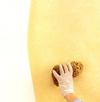
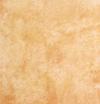
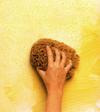










Leave a Comment: